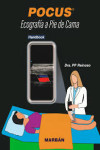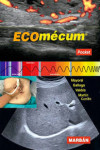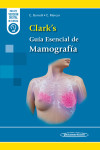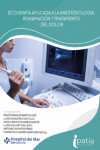DIFFERENTIAL DIAGNOSIS IN MEDICINE. BASED ON CLINICAL EXAMINATION, LABORATORY TESTS AND RADIOLOGICAL IMAGESZ
Grupo Científico DTM
Datos técnicos
- ISBN 9788417184902
- Año Edición 2019
- Páginas 640
- Encuadernación Tapa Dura
- Idioma Inglés
Sinopsis
“An illness manifests itself in signs and symptoms, laboratory alterations or radiological patterns”
Thus, the structure of Differential Diagnosis in Medicine comprises three sections:
I. Clinical Examination.
II. Laboratory Tests.
III. Radiological Images.
This organization is based on everyday practice. During clinical interview and physical examination we obtain a number of signs and symptoms that may be the key to diagnosis.
Once the clinical exam is finished, we frequently request laboratory and imaging tests.
“Clinical Examination” deals with 122 signs or symptoms. In this way, a symptom such as dyspnea may lead to diagnose cardiac failure or interstitial pulmonary disease. A sign like exophthalmos may be the key to determine Graves Disease; or carotid cavernous fistula or vasculitis may suggest Wegener Disease.
“Laboratory Tests” includes 44 chapters related to anemia, hypercalcaemia, hypoglycemia or pancytopenia; among others. Hypercalcaemia may be the key element to diagnose hyperparathyroidism, whereas hypoglycemia may determine an insulinoma.
“Radiological Images” contains 45 chapters addressing for example osteolytic lesions, pleural effusion, wide mediastinum or adrenal mass. Osteolytic lesions may be crucial for the diagnosis of a multiple myeloma; and the presence of an adrenal mass may lead to confirm a pheochromocytoma or a non functioning adenoma.
The whole book is supported by a large iconography which includes thousands of clinical and radiological images of great quality.
Otros libros que te pueden interesar
- ¿Quiénes somos?
- Gastos de envío
- Política de privacidad
- Políticas de devolución y anulación
- Condiciones Generales de contratación
- Contacto
2025 © Vuestros Libros Siglo XXI | Desarrollo Web Factor Ideas










